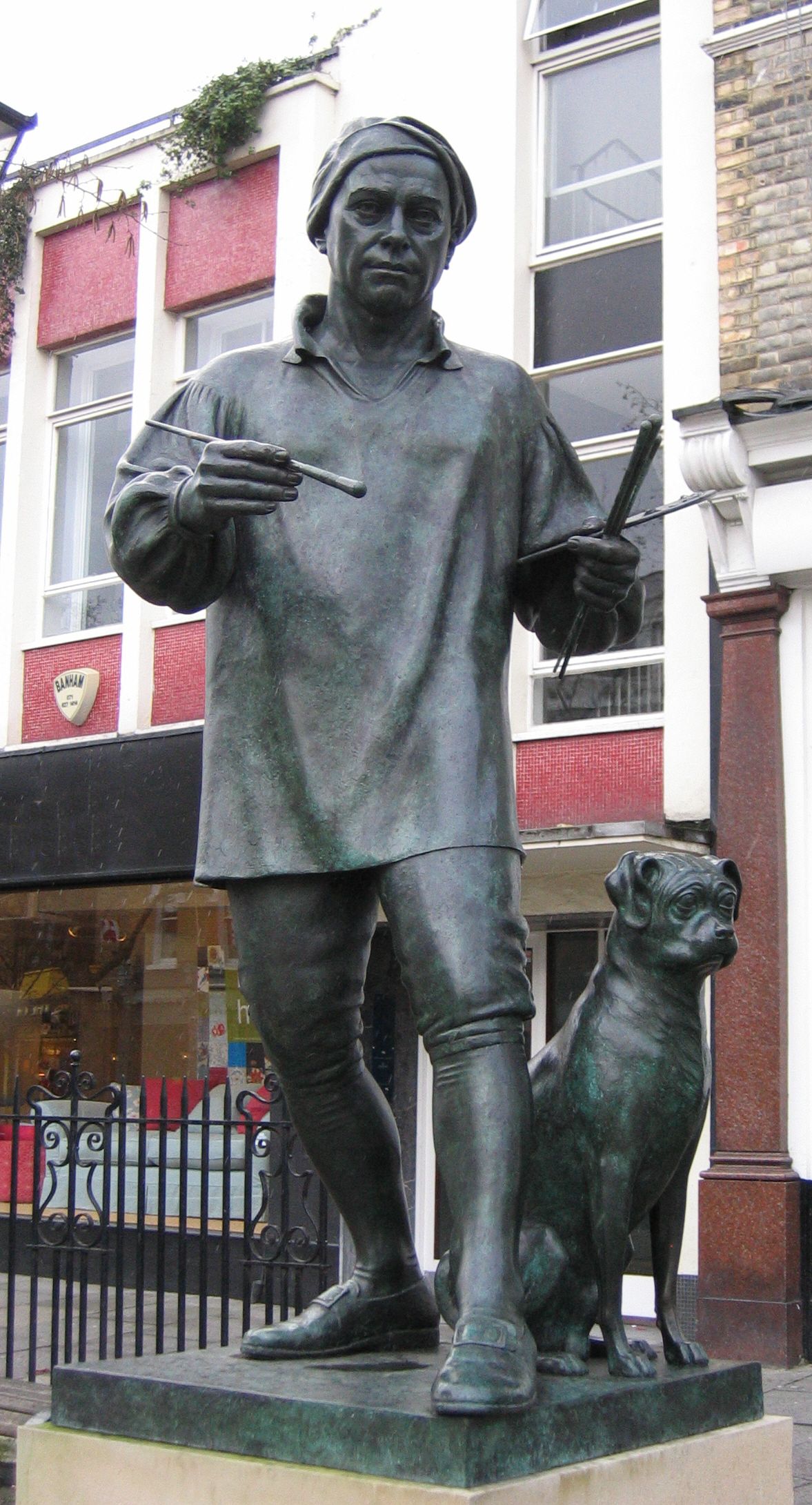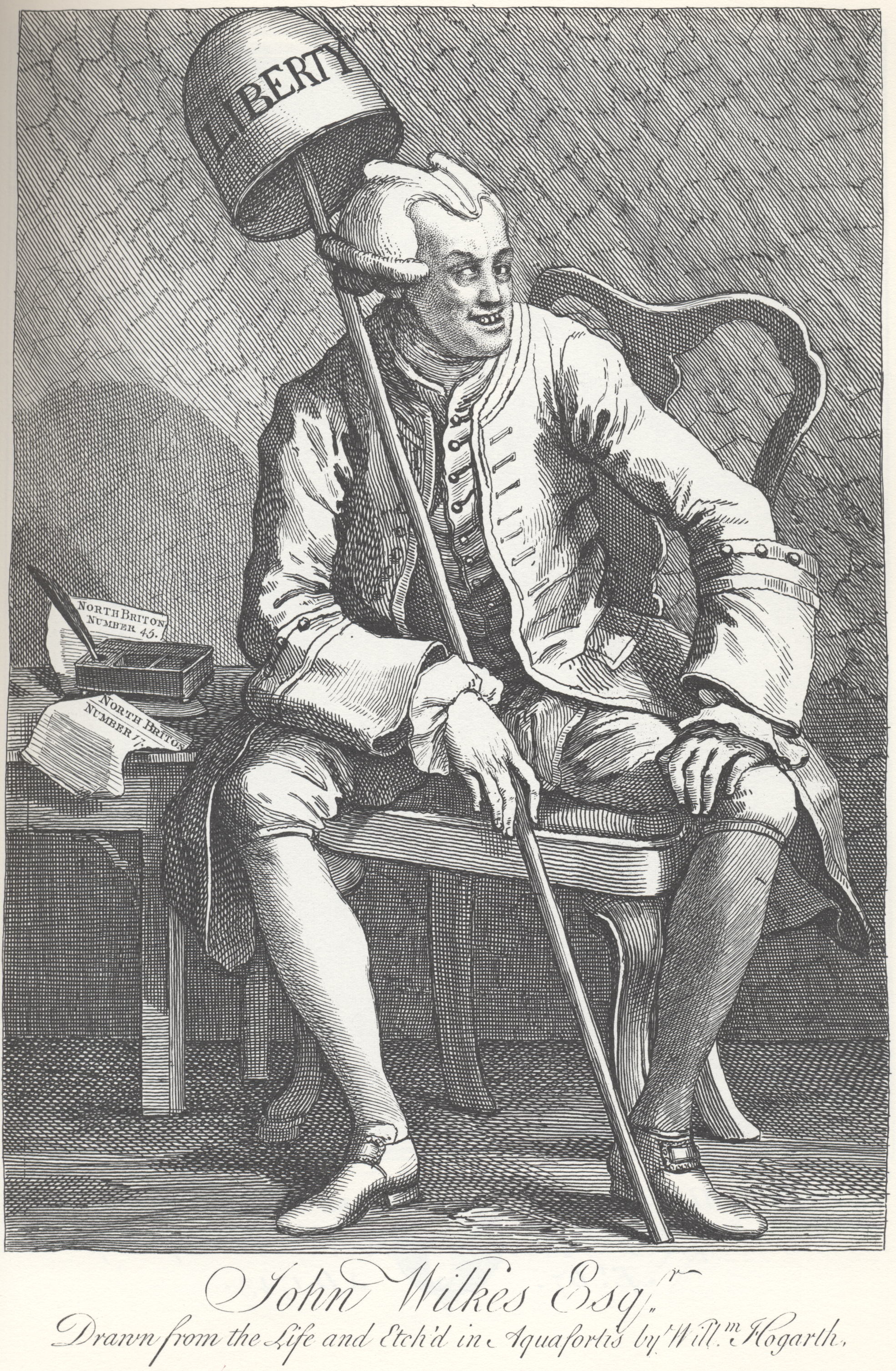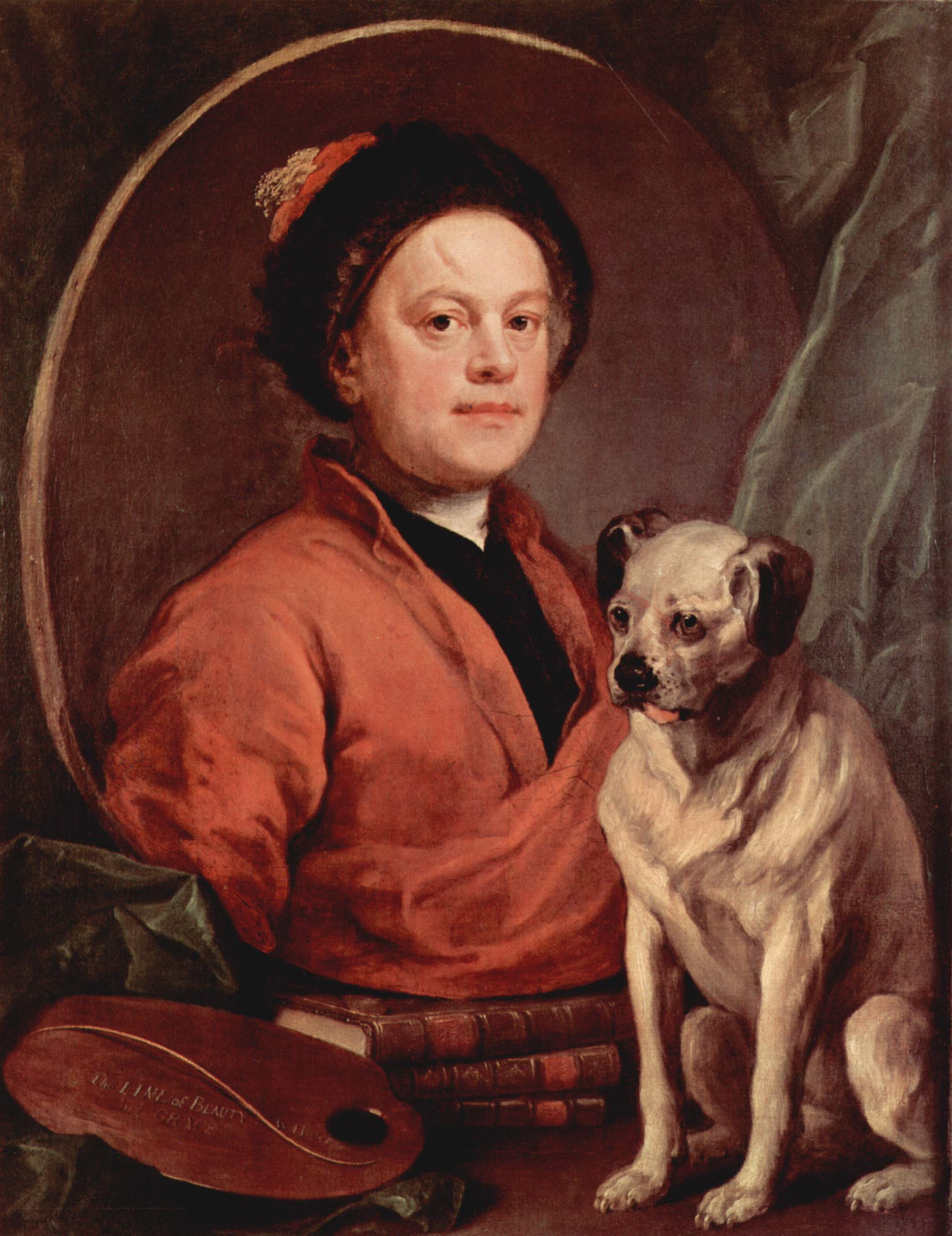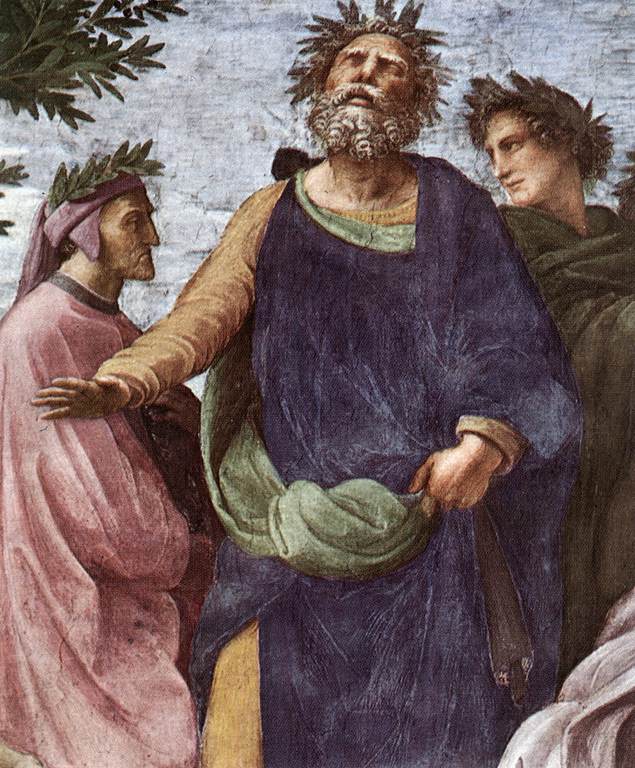|
Trump (dog)
Trump (c. 1730 – c. 1745) was a pug owned by English painter William Hogarth. The artist included the dog in several works, including his 1745 self-portrait ''Painter and his Pug'', held by the Tate Gallery. In the words of the Tate's display caption, "Hogarth's pug dog, Trump, serves as an emblem of the artist's own pugnacious character."''The Painter and his Pug'' Tate Gallery History Hogarth owned several different pugs through his life. For example, in December 1730, he placed an advertisement offering a half guinea reward for the return of a dog named "Pugg". Pugs appear in several of Hogarth's paintings. An early example is his 1730 group portrait of ''The Wollaston Family' ...[...More Info...] [...Related Items...] OR: [Wikipedia] [Google] [Baidu] |
William Hogarth Self-portrait 1745 Tate Britain Detail Pug
William is a male given name of Germanic origin.Hanks, Hardcastle and Hodges, ''Oxford Dictionary of First Names'', Oxford University Press, 2nd edition, , p. 276. It became very popular in the English language after the Norman conquest of England in 1066,All Things William"Meaning & Origin of the Name"/ref> and remained so throughout the Middle Ages and into the modern era. It is sometimes abbreviated "Wm." Shortened familiar versions in English include Will, Wills, Willy, Willie, Bill, and Billy. A common Irish form is Liam. Scottish diminutives include Wull, Willie or Wullie (as in Oor Wullie or the play ''Douglas''). Female forms are Willa, Willemina, Wilma and Wilhelmina. Etymology William is related to the given name ''Wilhelm'' (cf. Proto-Germanic ᚹᛁᛚᛃᚨᚺᛖᛚᛗᚨᛉ, ''*Wiljahelmaz'' > German ''Wilhelm'' and Old Norse ᚢᛁᛚᛋᛅᚼᛅᛚᛘᛅᛋ, ''Vilhjálmr''). By regular sound changes, the native, inherited English form of the name shoul ... [...More Info...] [...Related Items...] OR: [Wikipedia] [Google] [Baidu] |
The Painter And His Pug
''The Painter and his Pug'' is a 1745 self-portrait created by William Hogarth. He began the portrait a decade earlier. The portrait was originally created with the intention of Hogarth wearing formal attire, but was changed to the informal attire sometime during the painting process. He also added his Pug, Trump. In the portrait, Hogarth himself is in a painting as the pug is alongside him, making the dog "real" as opposed to the created person. The dog is indifferent to the painting, to the books and to the painting palette (which shows Hogarth's Line of Beauty). So the painting seems to be a Vanitas A ''vanitas'' (Latin for 'vanity') is a symbolic work of art showing the transience of life, the futility of pleasure, and the certainty of death, often contrasting symbols of wealth and symbols of ephemerality and death. Best-known are ''van ... still life. But, as an ironic disruption, the cloth behind the dog comes out of the painting. The painting is part of the collec ... [...More Info...] [...Related Items...] OR: [Wikipedia] [Google] [Baidu] |
Jim Mathieson (sculptor)
James William Mathieson (21 June 1931 – 12 April 2003) was a sculptor from the United Kingdom. Mathieson was born in Calcutta, India, but moved with his family to Scotland in 1947. As a young adult, he completed national service, then worked in insurance while completing his school studies (O- and A-levels) at evening classes. He joined the Campaign for Nuclear Disarmament in 1960, becoming an active member. In 1964, at the age of 34, he started a four-year art course at City and Guilds of London Art School in London. Following this, between 1969 and 1979, he taught part-time at the Sir John Cass and Ealing schools of art, teaching aspects of sculpture. From 1979, he worked full-time as a sculptor. His best-known sculpture is of the artist William Hogarth and his pug dog Trump, which stands on Chiswick High Road, London. This was unveiled by Ian Hislop and David Hockney David Hockney (born 9 July 1937) is an English painter, draftsman, printmaker, stage designer, and phot ... [...More Info...] [...Related Items...] OR: [Wikipedia] [Google] [Baidu] |
Paul Sandby
Paul Sandby (1731 – 7 November 1809) was an English map-maker turned landscape painter in watercolours, who, along with his older brother Thomas, became one of the founding members of the Royal Academy in 1768. Life and work Sandby was born in Nottingham, and baptised there in 1731, although his date of birth has traditionally been given as 1725. In 1745 he moved to London where he followed his brother Thomas in obtaining an appointment in the military drawing department at the Tower of London. Following the suppression of the Jacobite rebellion of 1745, Sandby was employed to assist in the military survey of the new road to Fort George, and of the northern and western parts of the Highlands, under the direction of Colonel David Watson. He was later appointed draughtsman to the survey. While undertaking this commission, which included preparing designs for new bridges and fortifications, he began producing watercolour landscapes documenting the changes in Scotland sinc ... [...More Info...] [...Related Items...] OR: [Wikipedia] [Google] [Baidu] |
John Wilkes
John Wilkes (17 October 1725 – 26 December 1797) was an English radical journalist and politician, as well as a magistrate, essayist and soldier. He was first elected a Member of Parliament in 1757. In the Middlesex election dispute, he fought for the right of his voters—rather than the House of Commons—to determine their representatives. In 1768, angry protests of his supporters were suppressed in the Massacre of St George's Fields. In 1771, he was instrumental in obliging the government to concede the right of printers to publish verbatim accounts of parliamentary debates. In 1776, he introduced the first bill for parliamentary reform in the British Parliament. During the American War of Independence, he was a supporter of the American rebels, adding further to his popularity with American Whigs. In 1780, however, he commanded militia forces which helped put down the Gordon Riots, damaging his popularity with many radicals. This marked a turning point, leading him to ... [...More Info...] [...Related Items...] OR: [Wikipedia] [Google] [Baidu] |
Charles Churchill (satirist)
Charles Churchill (February 1732 – 4 November 1764) was an English poet and satirist. Early life Churchill was born in Vine Street, Westminster. His father, Rev. Charles Churchill, was rector of Rainham, Essex, held the curacy and lectureship of St Johns, Westminster, from 1733, and Charles was educated at Westminster School, where he became a good classical scholar, and formed a close and lasting friendship with Robert Lloyd. He was admitted to St John's College, Cambridge on 8 July 1748. Churchill contracted a marriage with a Miss Scot within the rules of the Fleet in his eighteenth year, and never lived at Cambridge; the young couple lived in his father's house, and Churchill was afterwards sent to the north of England to prepare for holy orders. He became curate of the church of St Thomas à Becket in South Cadbury, Somerset, and, on receiving priest's orders (1756), began to act as his father's curate at Rainham. Two years later the elder Churchill died, and the son w ... [...More Info...] [...Related Items...] OR: [Wikipedia] [Google] [Baidu] |
National Gallery Of Art
The National Gallery of Art, and its attached Sculpture Garden, is a national art museum in Washington, D.C., United States, located on the National Mall, between 3rd and 9th Streets, at Constitution Avenue NW. Open to the public and free of charge, the museum was privately established in 1937 for the American people by a joint resolution of the United States Congress. Andrew W. Mellon donated a substantial art collection and funds for construction. The core collection includes major works of art donated by Paul Mellon, Ailsa Mellon Bruce, Lessing J. Rosenwald, Samuel Henry Kress, Samuel Henry Kress#Biography, Rush Harrison Kress, Peter Arrell Browne Widener, Joseph E. Widener, and Chester Dale. The Gallery's collection of paintings, drawings, prints, photographs, sculpture, medals, and decorative arts traces the development of Western Art from the Middle Ages to the present, including the only painting by Leonardo da Vinci in the Americas and the largest mobile created by Alexande ... [...More Info...] [...Related Items...] OR: [Wikipedia] [Google] [Baidu] |
Lord George Graham
Lord George Graham (26 September 1715 – 2 January 1747) was a Scottish officer of the Royal Navy who saw service during the War of the Austrian Succession. He embarked on a political career, and was a Member of Parliament. Graham was born into the nobility, the younger son of a duke, and embarked on a naval career early in his life. Rising through the ranks, he was given his first commands early in the War of the Austrian Succession, and served in the Mediterranean and in escorting convoys. He entered parliament through the influence of his father, and represented the Scottish constituency of Stirlingshire (UK Parliament constituency), Stirlingshire from 1741 until his death. He was a Whigs (British political party), Whig and a political supporter of the John Campbell, 2nd Duke of Argyll, Duke of Argyll. Turning down the command of a ship of the line in favour of a frigate, Graham won renown for a victory over several powerful privateers and their prizes. Rewarded with a large ... [...More Info...] [...Related Items...] OR: [Wikipedia] [Google] [Baidu] |
National Maritime Museum
The National Maritime Museum (NMM) is a maritime museum in Greenwich, London. It is part of Royal Museums Greenwich, a network of museums in the Maritime Greenwich World Heritage Site. Like other publicly funded national museums in the United Kingdom, it has no general admission charge; there are admission charges for most side-gallery temporary exhibitions, usually supplemented by many loaned works from other museums. Creation and official opening The museum was created by the National Maritime Museum Act 1934 under a Board of Trustees, appointed by HM Treasury. It is based on the generous donations of Sir James Caird (1864–1954). King George VI formally opened the museum on 27 April 1937 when his daughter Princess Elizabeth accompanied him for the journey along the Thames from London. The first director was Sir Geoffrey Callender. Collection Since the earliest times Greenwich has had associations with the sea and navigation. It was a landing place for the Romans, Henry ... [...More Info...] [...Related Items...] OR: [Wikipedia] [Google] [Baidu] |
Captain Lord George Graham In His Cabin
''Captain Lord George Graham in his Cabin'' is a 1745 oil painting, oil-on-canvas painting by the English artist William Hogarth. A conversational picture, it shows Captain Lord George Graham, of the Royal Navy, in the cabin of his ship with several people. The painting was probably commissioned by Graham to commemorate a naval battle he had fought recently. While commanding a 24-gun sixth rate, he had been one of three British ships to attack a squadron of three powerful French privateers and their prize warfare, prizes. The British were successful in their engagement, capturing all of the prizes, and all but one of the privateers. Lauded for his achievements, Graham was given another, larger, ship to command. The painting is probably set aboard this new command, the 60-gun , and shows Graham relaxing in the cabin (ship), great cabin before a meal, smoking a pipe. With him are the ship's chaplain and clerk, who sing and listen to music played by a black servant. A steward brings ... [...More Info...] [...Related Items...] OR: [Wikipedia] [Google] [Baidu] |
Western Canon
The Western canon is the body of high culture literature, music, philosophy, and works of art that are highly valued in the West; works that have achieved the status of classics. However, not all these works originate in the Western world, and such works are also valued throughout the globe. It is "a certain Western intellectual tradition that goes from, say, Socrates to Wittgenstein in philosophy, and from Homer to James Joyce in literature". Literary canon Classic book A classic is a book, or any other work of art, accepted as being exemplary or noteworthy. In the second century Roman miscellany '' Attic Nights'', Aulus Gellius refers to a writer as "classicus... scriptor, non proletarius" ("A distinguished, not a commonplace writer"). Such classification began with the Greeks' ''ranking'' their cultural works, with the word ''canon'' (ancient Greek κανών, kanṓn: "measuring rod, standard"). Moreover, early Christian Church Fathers used ''canon'' to rank the authori ... [...More Info...] [...Related Items...] OR: [Wikipedia] [Google] [Baidu] |
Fidelity (art And Symbolism)
Fidelity when personified in Western art stands for the secular aspect of Faith, or the trust that exists between a master and servant, or in family relationships. Fidelity is often represented as a woman, shown holding a golden seal and a key, but may also be represented by a dog. Fidelity may be shown alone, or may be accompanied by a dog, a symbol of not only faithfulness but also fidelity.Hall, James. Dictionary of Subjects & Symbols in Art. Rev. ed. United States of America: Westview Press, 1979. In the Renaissance, Penelope or Griselda might also stand for fidelity. Fidelity is not in the usual lists of the seven virtues, though it may sometimes be included in such groupings. The plant myrtle ('' Myrtus'') has been associated with fidelity, and hence used in weddings, from Roman times to the present, and wreathed crowns of myrtle may be found in art. Fidelity in allegory A dog, when included in an allegorical painting, portrays the attribute of fidelity personified. The de ... [...More Info...] [...Related Items...] OR: [Wikipedia] [Google] [Baidu] |










